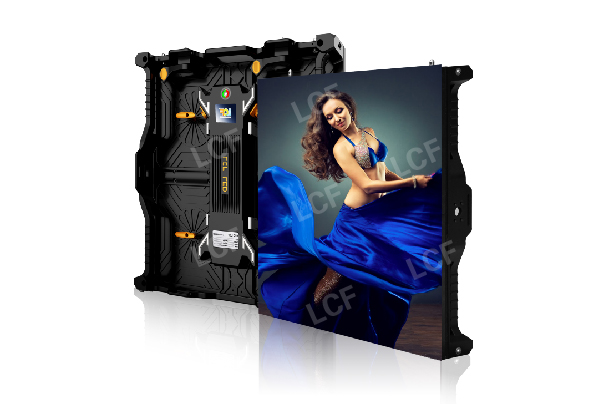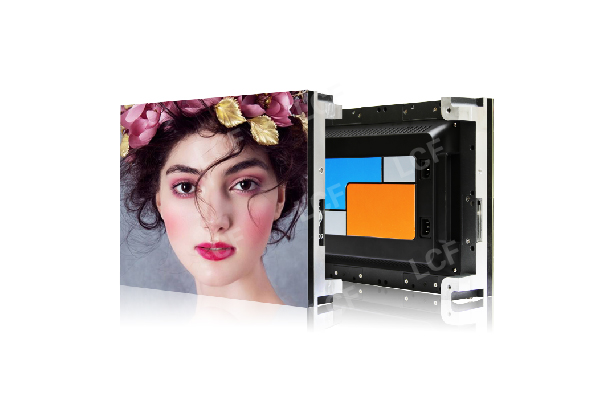Publisher: Supplier of LED Display Time: 2018-01-02 Views: 5081

Before interpreting the analysis, Liancheng sends the editor to popularize the knowledge of LED display video processor. The LED display video processor is a dedicated video processor for the LED display, and the task it needs to complete, in simple terms, is to convert the image signal from the outside (such as Blu-ray DVD, computer, high-definition playback box, etc.) into The signal that the LED display can accept. Because of this, the quality of the video processor can directly affect the display effect of the display. The following are six benefits of video processors for LED electronic displays. After reading it, you will understand why LED electronic displays must use video processors.
1. Motion compensation: motion compensation for slow images and fast images. Good motion compensation technology can reduce the jagged edges of moving images when displayed on the LED electronic display.
2. De-interlacing: In order to reduce the bandwidth of the video signal better, the interlacing technology must be used to improve the resolution. At this time, the LED electronic display needs to preprocess the interlaced signal. Great for dealing with interlacing and eliminating scribing effects during live broadcasts and filming.

3. Scaling: LED display usually adopts modular design and splicing display, because it is the most flexible display product among all flat panel display media. But this product also has some drawbacks, that is, the flexibility will be slightly slowed down, especially the display resolution of each engineering application is difficult to find in the standard. Therefore, the video processor is especially required to provide the zoom function.
4. Image reduction: The dot matrix resolution of general LED electronic display engineering applications is below 1024*768). The video processor is required to be capable of reducing the access signals to the resolution of the corresponding terminal, and the video processing device is required to have the function of pixel-by-pixel scaling.
5. Image enlargement: Due to the rapid development of more and more engineering application advertising and other businesses, the resolution of LED electronic displays is no longer limited to the conventional resolution, and some engineering applications have even reached the level of 2048 points. Similar to these applications, it is necessary for the video processor to have image enlargement processing technology, and the internal processing bandwidth of the video processor can reach or exceed the lattice area in atypical applications.
6. Noise suppression: Due to the dot matrix characteristics of LED electronic displays, insignificant noise in other flat panel display media will greatly challenge the psychological tolerance of LED display audiences. The noise mainly comes from the compression noise of the video signal and the random noise of the system itself. An excellent video processor can reduce the interference of noise to the image quality itself to the greatest extent through noise suppression.